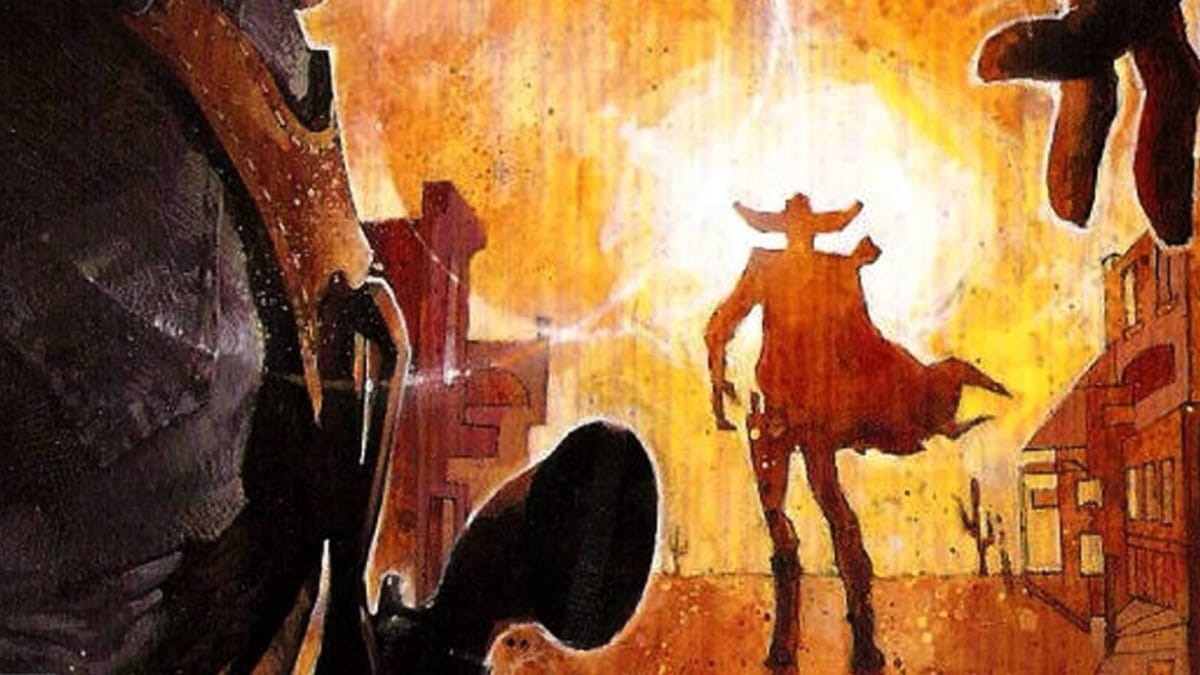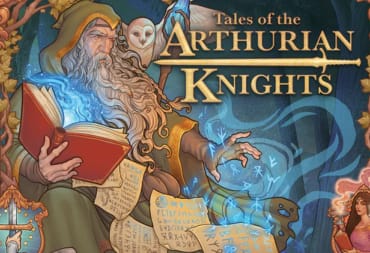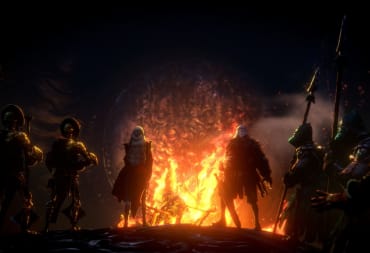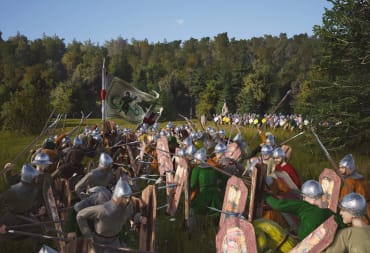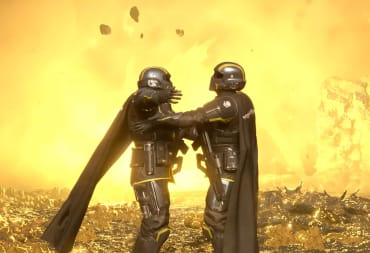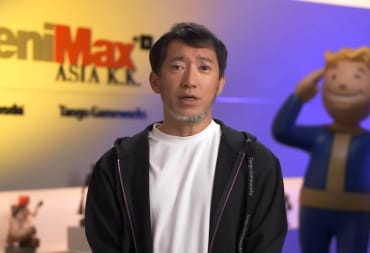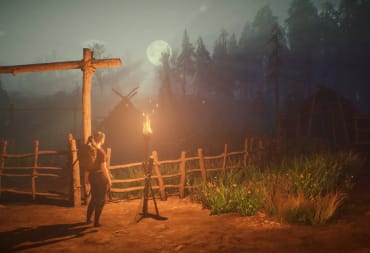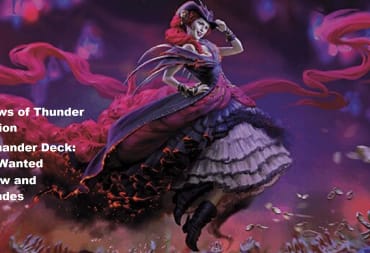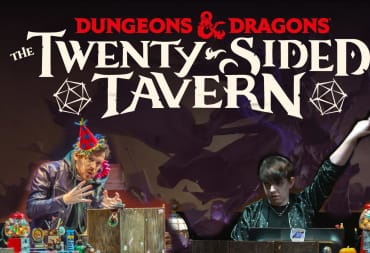Twenty years and a fistful of days ago, LucasArts released a little game by the name of Outlaws. In case my previous two writeups on the game didn't make it clear, I love Outlaws. Honestly, it's a bit of a no-brainer pick on my end, considering two of my greatest media loves are the hyperviolent spaghetti westerns of the 60s and the 90s' endless barrage of arcadey first-person shooters.
While I may not replay many games, Outlaws is one I find myself going back to again and again. It has everything - massive levels, the first zoomable sniper rifle in video game history (yes, really), and hokey voice actors quoting Sergio Leone movies!
Like any good FPS of the era, Outlaws has a sizable and genuinely well-crafted campaign, but while the standard game's all fine and dandy, the real star of Outlaws is the fantastic Marshall Training.
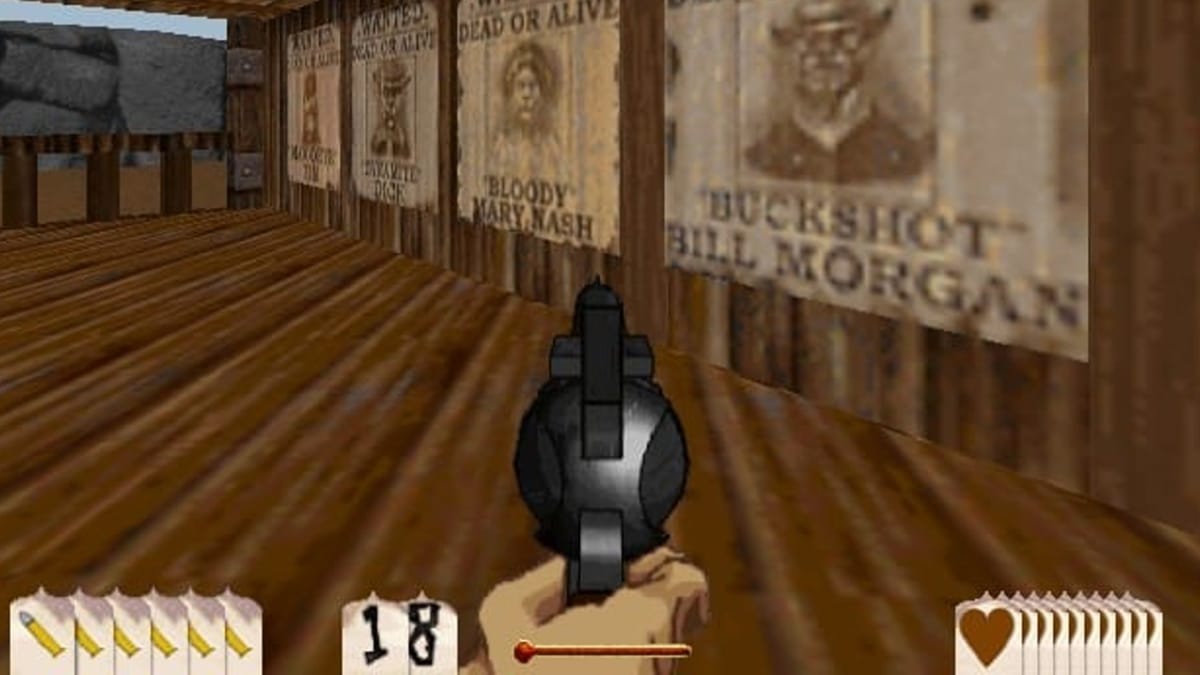
From A Few Dollars More's Manco to The Great Silence's Loco, killing for profit is not only the usual genre shorthand for critiquing capitalism but is as integral to the spaghetti western's identity as Morricone tunes and ugly scowls. While Outlaws may not be interested in delving into the politics of the spaghetti western, it's certainly interested in loading up with as much spaghetti western iconography as possible.
So, nestled away in the add-on "historical missions" section lies Marshall Training, a bonus mode that serves as something of an origin story for our protagonist, Marshall James Anderson. While the other historical missions are self-contained, Marshall Training is a whole new mini-campaign focused on how the Marshall rose to his prestigious position - by tracking down wanted men and women and shipping them back to town.
While the main campaign funnels players down a linear stream of levels, Marshall Training drops you down in James' office to serve as a mini-hub. While it's hardly as detailed or expansive as the masterful connecting worlds of the same year's HeXen II or Turok: The Dinosaur Hunter, Marshall Training has everything you could possibly need.
It has a firing range, plenty of locked doors, a thick Western atmosphere, and, most importantly, a way to access the campaign's slew of unique levels. And while Mario may have jumped through paintings and Banjo walked into whole new worlds, Anderson has them all beat.
He shoots wanted posters.
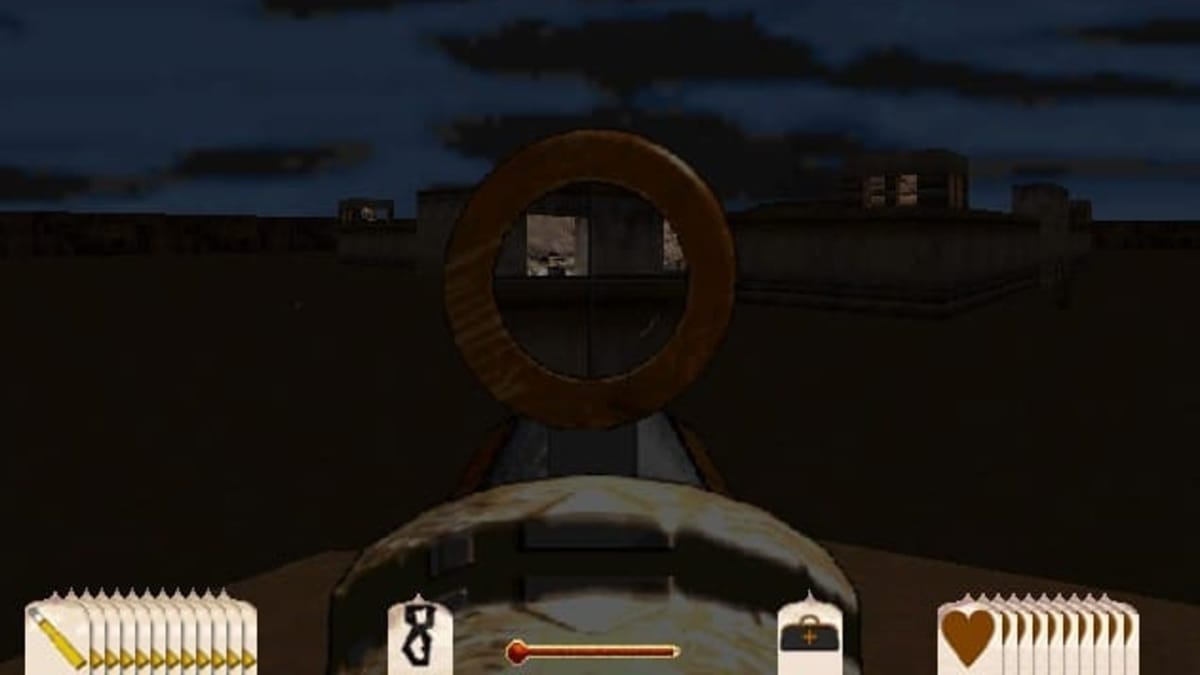
From the moment you start the campaign, mugshots for all five of the killers are hanging on the side of your office. As such, you can tackle the criminals in any order you want with no real issues besides the fluctuating difficulty levels. See, each of the mini-bosses has amassed posses of their own, and you'll have to gun through them before going after the big man himself (or in the case of "Bloody" Mary Nash, herself).
None of these levels are quite as varied or expansive as any of the campaign's massive landscapes, but each of them captures standard spaghetti locales - Train stations ala Once Upon a Time in the West, bandit towns ala Django, captured hostile forts ala And God Said to Cain - with spitting accuracy, crafting levels that take from the Duke Nukem 3D school of level design that works both as enjoyable play spaces and believable locales.
While the decreased size of the levels may seem like a downside at first glance, these smaller areas actually work to Outlaws' advantage.
See, while the main campaign's levels may have scale, they're often frustratingly labyrinthine, with key pickups that have to be used way back at the other end of the map, leading to constant backtracking and aimless searching if you forget where a particular locked door is hidden away. With a smaller area, there's less needless backtracking and more mowing through foes on your way to bring the target back home, dead or alive.
And yes, dead or alive. While the cold-blooded bounty killers of the silver screen may have had little in ways of mercy or compassion, Marshall (to-be) James Anderson is in it for duty rather than money. Taking the bounties out non-lethally with throwing knives or fisticuffs is actually encouraged, as that's what gives you the big scores at the end of each level.
And the higher your end-of-level score is, the higher you'll rise in the ranks, allowing you to access three bonus levels hidden behind three rank-gated doors. By encouraging players to take the path of a just lawman rather than killing them all and coming back alone, there's an incentive to take on the tougher challenge, as well as to provide a look at the high point in the Marshall's life before the main campaign's tragedy sends his life into a downward spiral.
Thanks to the tighter level design and heightened freedom of choice, the Marshall Training is the player's high point, too.
Happy 20th, Outlaws.
This post was originally published in 2017 as part of our Bullet Points series. It's been republished to have better formatting and images.
Have a tip, or want to point out something we missed? Leave a Comment or e-mail us at tips@techraptor.net
